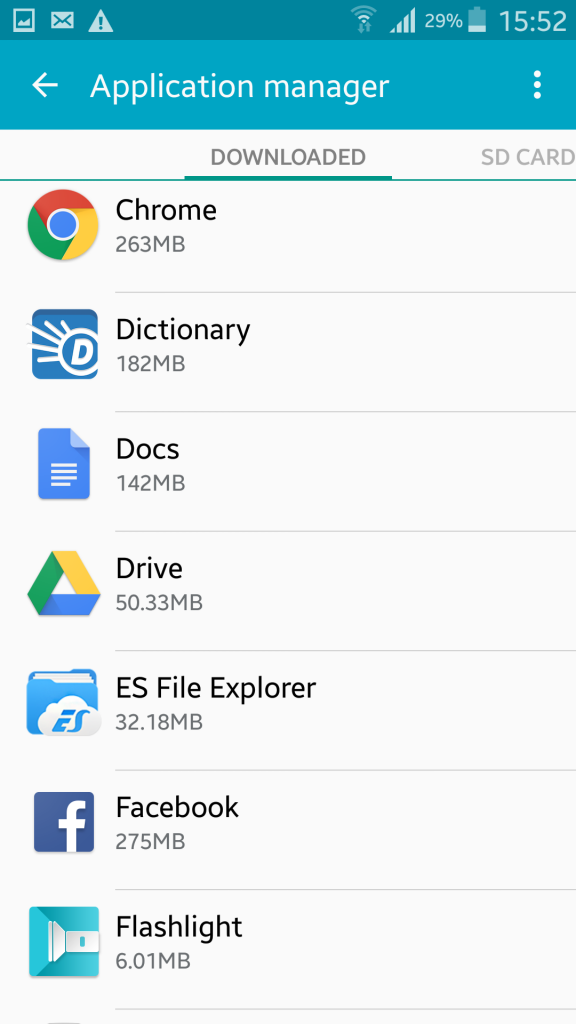
- #How to change default video player in android kitkat code#
- #How to change default video player in android kitkat license#
- #How to change default video player in android kitkat series#
Others, such as Motorola and Nokia prefer a 'lighter' touch providing a near stock Android. Samsung with its Samsung Experience, Huawei and its EMUI are two examples of manufacturers who take this approach.

#How to change default video player in android kitkat license#
Similarly, Amazon doesn't license Google Mobile Services and provides its own browser called 'silk,' Amazon app store and other supporting apps that access Amazon's eco-system.Īs stated previously, the open source license allows modification, enabling device manufacturers to provide a point of differentiation in the sea of Android devices both through 'skinning' the stock Android experience and/or enhancing other Android features. This explains why Amazon's Fire tablets, which run a 'forked' version of Android, don't make any reference to Android - instead choosing to call its operating System Fire OS. Google will only grant licenses to manufactures that meet its strict compatibility requirements along with other criteria. Those apps that we take for granted such as the Play Store, Chrome, Gmail, Maps and the API's that access Google's services are part of Google's Mobile Services, which has to be licensed separately from Google. However, to use the Android trademark, device manufacturers have to license this separately from Google.Īdditionally, the Android OS doesn't include that many core apps.
#How to change default video player in android kitkat code#
Once Google launches an Android release, it makes the source code available via an open source license allowing for distribution and modification. Not all devices running Android are equal though. Taking tablets into account, iOS only closes the divide by 2-3%.
#How to change default video player in android kitkat series#
The 5.11% for 'other' combines the likes of Windows, Series 40, Samsung, and Blackberry. As of April 2018, Android had a market share of 75.66%, with iOS holding 19.23%. In 2011, Android became the world's most popular mobile Operating System - a mantle that it has not relinquished since - and is unlikely to do so as developing a modern OS for any platform is a major undertaking. More recently, Google has settled into yearly major updates. We often saw multiple releases per year, and at its peak in 2009 Android received no-less than four significant updates. Before his resignation, his effectiveness as an Apple Board member was significantly diminished, often having to recuse himself from Board meetings when the subject matter turned to iPhone or its fledgling operation system - iOS.ĭuring the early stages of its accelerated development, Android had a very aggressive release schedule. It wasn't until August 3, 2009, that he resigned from Apple's Board of Directors due to the obvious potential conflicts of interest. At the time of its launch, the iPhone utilized Google's backend services built into some of Apple's core iPhone apps, such as Maps and YouTube. Google released its Beta mobile phone operating system, Android, on the 5 November 2007, the same year Apple launched the iPhone, with Google releasing its first SDK one week later, on 12 November 2007.ĭid you know? When Google launched Android, Eric Schmidt (Google's then CEO) was a member of Apple's Board of Directors, a position he had held since August 2006.

Android is based on a modified Linux kernel which was initially developed by Android Inc., a company co-founded by Andy Rubin in October 2003, and purchased by Google in 2005 for circa $50 million.


 0 kommentar(er)
0 kommentar(er)
